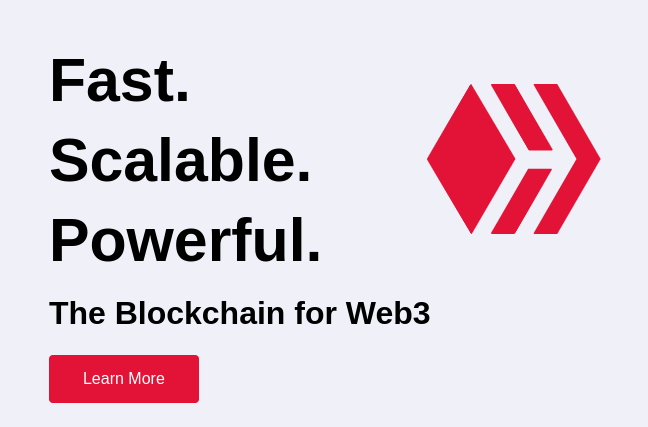Chainflip: Revolutionizing Cross-Chain Trading

In the rapidly evolving world of cryptocurrencies, interoperability between different blockchain networks has always been a significant challenge. Enter Chainflip, a project dedicated to revolutionizing cross-chain trading, making it seamless, efficient, and secure. Here’s a deep dive into what Chainflip is all about and the groundbreaking advancements it has brought to the crypto space.
What is Chainflip?
Chainflip is a decentralized protocol designed to facilitate cross-chain swaps, allowing users to trade assets across different blockchain networks without the need for centralized exchanges or intermediaries. Its mission is to simplify the trading process, reduce friction, and enhance the overall user experience.
Key Features of Chainflip
1. Trustless Cross-Chain Swaps:
At the heart of Chainflip lies its ability to perform trustless cross-chain swaps. This means that users can trade assets between blockchains directly, without having to rely on centralized authorities or custodial services. This is achieved through advanced cryptographic techniques and decentralized technology.
2. Native Asset Transactions:
Unlike many other solutions that rely on wrapped tokens or synthetic assets, Chainflip supports native asset transactions. This ensures that users are trading the actual underlying assets, providing a more transparent and reliable trading experience.
3. Liquidity Pools:
Chainflip utilizes liquidity pools to enable efficient and quick swaps. Liquidity providers can deposit assets into these pools and earn rewards, fostering a robust ecosystem of liquidity that benefits all participants.
4. User-Friendly Interface:
One of Chainflip’s core goals is to make cross-chain trading accessible to everyone, regardless of their technical expertise. The platform features a sleek and intuitive interface, allowing users to perform complex trades with ease.
5. Security and Decentralization:
Security is paramount in the crypto space, and Chainflip takes this seriously. The protocol employs cutting-edge security measures and operates in a fully decentralized manner, ensuring that user funds are always secure.
The Technology Behind Chainflip
Chainflip’s innovation is powered by several key technologies:
- Threshold Signatures: These are used to securely manage and validate cross-chain transactions without exposing private keys.
- Statechains: This concept allows the representation of blockchain states in a way that can be verified and updated by the protocol.
- Automated Market Making (AMM): Chainflip employs an AMM model to facilitate efficient and fair price discovery for assets in its liquidity pools.
The Community and Ecosystem
Chainflip is more than just a protocol; it’s a thriving community. Developers, liquidity providers, traders, and enthusiasts all contribute to its ecosystem. Regular updates, community events, and transparent communication from the development team keep the community engaged and informed.
Challenges and Future Prospects
While Chainflip has made significant strides in solving cross-chain interoperability, the journey is far from over. Challenges such as scalability, regulatory compliance, and continued security enhancements are areas that the team is actively working on.
Looking ahead, Chainflip aims to integrate with more blockchain networks, expand its liquidity pools, and introduce new features that further simplify and enhance the cross-chain trading experience.
Conclusion
Chainflip stands at the forefront of innovation in the blockchain space, addressing one of the most critical pain points in cryptocurrency trading. By enabling trustless, efficient, and secure cross-chain swaps, Chainflip is paving the way for a more connected and interoperable blockchain ecosystem.
Whether you're a trader looking for seamless cross-chain swaps, a developer interested in building on top of Chainflip, or simply a crypto enthusiast, there’s no denying the impact Chainflip is having on the industry. Keep an eye on this project as it continues to innovate and lead the charge towards a more decentralized future.



